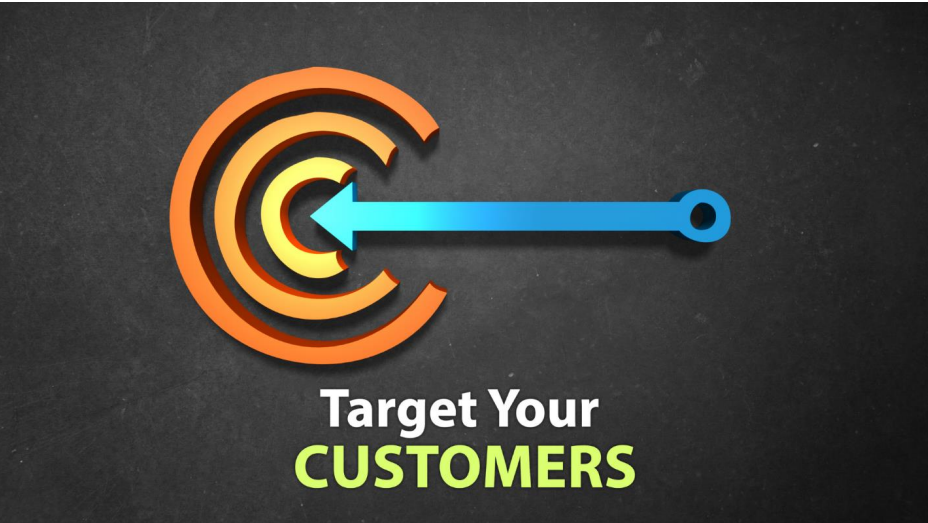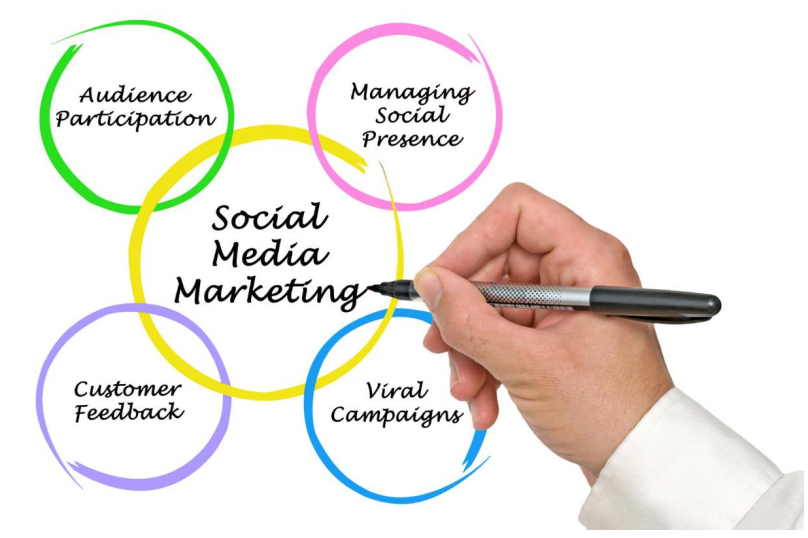
Whether you operate in a specialized niche or face fierce competition from countless
rivals, maintaining an active and robust relationship with your existing customers is
paramount for sustainable business growth. Often, companies invest considerable time,
effort, and resources into acquiring new customers while overlooking the immense
potential within their existing customer base.
The numbers don’t lie: customer acquisition typically costs seven times more than
customer retention, and a whopping 81% of customers are more inclined to return for
repeat business if they receive excellent service. These statistics underscore the
importance of nurturing your customer relationships, as doing so can help establish trust
and cultivate a loyal customer base that lasts a lifetime.
If you’re ready to embark on this journey, here are some effective strategies to foster
customer loyalty and transform them into lifelong advocates.
1.Use Analytics to Formulate Customer Personas

In the realm of building meaningful customer relationships, knowledge is power. The more
you understand about your potential customers, the better equipped you are to establish
connections that matter. To achieve this, it’s essential to gather comprehensive customer
data, enabling you to construct detailed customer personas – profiles that encapsulate
your customers’ needs, preferences, and defining characteristics.
Typically, customer personas encompass a wide array of information, including
demographics, behavioral patterns, motivations, challenges, and goals. The number of
personas you create will depend on how you segment your customer base.
In today’s digital age, where customers are increasingly empowered and self-sufficient,
they tend to rely on search engines and social media for product research. Consequently,
they are less receptive to aggressive sales tactics and one-sided ‘push’ marketing
messages, which can be more disruptive than influential. Recognizing this shift, many
businesses are now prioritizing data-driven marketing as a strategic imperative.
Customer analytics offers a deep and granular understanding of your current and
potential customers’ purchasing behaviors and lifestyles. Armed with this knowledge, you
can anticipate their future buying patterns and tailor your sales and marketing strategies
with precision.
Key sources of valuable customer data include:
Website analytics: Identifying where customers engage on your website,
which pages drive traffic, and where conversions occur.
Social media: Analyzing customer interactions on various social media
channels, exploring the use of social commerce, and understanding customer
preferences.
Emails: Evaluating email engagement, tracking user journeys within email
workflows, and identifying points of customer drop-off or engagement.
Customer feedback: Listening to customer sentiments, collecting insights on
product or service experiences, and addressing queries and complaints.
Transactions: Analyzing purchase histories, tracking abandoned carts,
assessing multiple product purchases, and monitoring return frequencies.
Interactions: Assessing user interactions with quizzes or interactive elements
on your website, and understanding post-interaction behaviors.
Search intent: Investigating online search queries related to your products or
services, identifying search trends, and leveraging relevant keywords.
The insights gleaned from customer analytics can lead to cost-effective campaigns by
optimizing targeting and delivering messages to the most responsive customers.
Moreover, it can boost customer loyalty and foster positive sentiments by delivering timely
and personalized messages. Ultimately, these efforts should translate into increased
sales and a higher return on investment (ROI)
2.Build Relationships Before Making Requests

Just as you can’t withdraw money from an empty bank account, you can’t expect favors
or support from those you haven’t invested in. Waiting until you need something is not the
way to go. Instead, focus on establishing relationships by first building rapport.
Initiating a strong business relationship can be daunting, but it all starts with integrity.
Many people in business view others as tools to advance their own interests. Instead,
treat individuals, whether they’re customers, business contacts, or prospects, as valuable
ends in themselves, not merely means to your ends. By doing so, your relationships will
naturally flourish.
Engage with Your Customers on Social Media
In the digital age, social media is a powerful tool for businesses to connect, engage, and
build relationships with customers. The widespread use of social networking platforms
underscores their significance as a channel for inbound marketing. By choosing the right
platforms, sharing valuable content, providing updates, addressing inquiries and
concerns, and expressing gratitude for loyalty, businesses can harness the full potential
of social media.

Moreover, measuring and adapting strategies ensures continuous improvement in
customer engagement and satisfaction. In the end, the art of socializing with customers
not only deepens connections but also drives business growth and success in the digital
landscape
Harness the Potential of Personalized and Relevant Email Marketing
Email marketing stands as one of the most potent channels for engaging with and
nurturing customer relationships. It offers a direct and intimate means of communication,
leveraging first-party data to cultivate loyalty and foster connections more efficiently than
many other digital avenues.
When a customer willingly provides their email address, they have already taken a
significant step in engaging with your brand. They are not only open to receiving
communications from you but may have even made a purchase. This presents a golden
opportunity, as repeat purchases are the lifeblood of sustained business profitability.
Selling to an existing customer is not only cost-effective but also tends to result in higher
spending compared to acquiring new customers.

This is where personalization takes center stage. By sending tailored and pertinent
emails, you can demonstrate your brand’s genuine interest in addressing each customer’s
unique needs and preferences.
For instance, if a customer abandons their shopping cart, a friendly reminder email can
be sent, offering assistance in completing the transaction. If they’ve spent time browsing
product pages, follow-up emails can provide additional information and highlight benefits.
Perhaps it’s been a year since they subscribed to your newsletter, and you want to
celebrate this milestone with a special note.
A prime example of effective email personalization is showcased by Grammarly, a cloud based typing assistant. They send personalized emails reflecting users’ activity on the
platform, tracking progress and offering badges as incentives.
The email further provides insightful graphs comparing usage to peers in various
categories, piquing curiosity and engagement. The email concludes with a call-to-action
(CTA) to ‘Go Premium,’ a seamless demonstration of leveraging personal data to nurture
and convert customers.
Harnessing the potential of trigger emails and marketing automation, especially with the
aid of AI, allows you to take a proactive stance in strengthening customer relationships.
This can be achieved without an exorbitant investment of time and effort. Your
communications can be precisely tailored to suit every stage of the customer journey, and
thanks to your direct presence in their inboxes, the likelihood of receiving a response is
significantly amplified.
The ultimate aim is to use your personalized marketing emails as a conduit for delivering
valuable, informative, and authentic content. This demonstrates your profound
understanding of your customers and underscores your genuine care for their needs and
preferences.
5.Let Your Brand Serve as Your North Star

Your brand and marketing efforts convey a promise about the customer experience and
your organization as a whole, and it is imperative to fulfill that promise. If you declare that
you are always available to assist customers, yet they find themselves stuck in endless
voicemail loops when they reach out, you’ve fallen short of delivering on your
commitment.
The promises you make should align closely with your organization’s unique value
proposition. Consider the contrast between a membership-based wholesale retailer and
a boutique, high-end technology shop. Despite the vastly different customer experiences
they offer—a vast warehouse versus personalized, attentive service—both are delivering
precisely what their customers expect and anticipate.
It is paramount to ensure that all your customer-facing employees are aligned with this
brand promise. Regardless of their prior experiences elsewhere, they must approach their
roles in a manner that reflects what your organization stands for. As Palin says. “They
have to reflect what your organization stands for.”
Conclusion:
In today’s competitive business landscape, nurturing customer relationships is not just a
choice; it’s a strategic imperative. By implementing simple yet effective strategies, you
can foster lasting connections with your customers, leading to increased loyalty, positive
word-of-mouth referrals, and sustained business growth.
The five approaches outlined in this guide—listening to customer feedback, personalizing
interactions, maintaining consistent communication, going the extra mile, and utilizing
technology wisely—provide a solid foundation for building and nurturing meaningful
relationships with your customer base.
Remember that nurturing customer relationships is an ongoing process. It requires
dedication, empathy, and a genuine commitment to understanding and fulfilling your
customers’ needs. By consistently applying these principles, your business can thrive in
the long run and enjoy the many benefits of loyal and satisfied customers. So, take these
strategies to heart, and start nurturing your customer relationships today for a brighter
and more prosperous tomorrow



